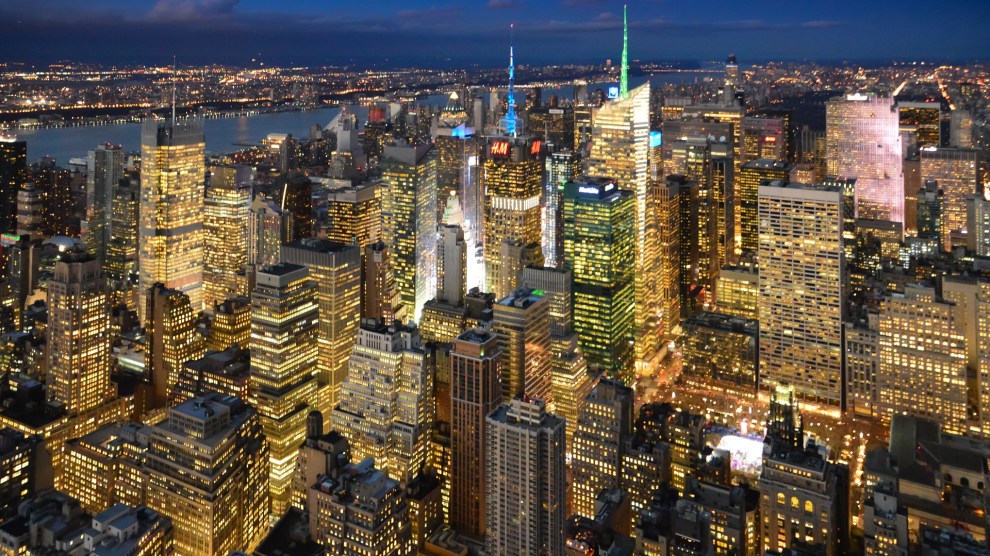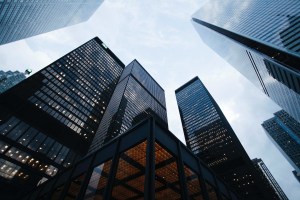New York City’s Local Law 97, enacted in 2019 as one of the nation’s most comprehensive laws to reduce greenhouse gas emissions, imposes fines on property owners that don’t meet strict emissions standards by 2024. How onerous is the law? Industry experts disagree.
As the target date grows nearer, property owners are becoming nervous about the impact on the market. The cost of compliance grows more into focus and the pandemic has eroded some of New York City’s competitive advantages in attracting businesses.
The Real Estate Board of New York (REBNY) recently testified to the city’s Committees on Environmental Protection and Capital Budget about problems it had with the law. “REBNY agrees with the Council’s intention of decarbonizing New York’s building stock, but the approach it adopted is deeply flawed and needs to be amended, if we have any hope of achieving a carbon-free New York City on the timetable suggested,” the statement said.
However, conformity to the law might not be as onerous as feared, according to a new study by Moody’s Investors Service. The report, which was released last week, says that the fewer than 20 percent of New York City properties studied are on track to exceed emissions limits that would trigger fines, and that only a fraction of properties would trigger fines that exceed 2 percent of 2019 net operating income.
“The overall point is that it is a relatively small measure but may be just enough to be an effective incentive,” said Kevin Fagan, a Moody’s vice president and senior credit officer in the CMBS group. “It’s a nudge rather than a cudgel.”
Property Owners Find Flaws
The law, passed in 2019, represents an ambitious attempt to reduce greenhouse gas emissions in New York City. It sets a threshold for carbon emissions per square foot for buildings of 25,000 square feet or more to reach in 2024 and 2030. The law imposes a fine of $268 per ton for property owners whose buildings do not reach the prescribed level.
While there is practically unanimous agreement that LL97 is well-intentioned legislation and that reducing the city’s carbon footprint is critical, many in the real estate industry say that the law goes about it in the wrong way. For example, REBNY notes that the law only applies to larger buildings, which represent about 5 percent of the city’s properties. Although those buildings represent a significant share of total commercial space, the law regulates only half of emissions in the city.
Moody’s: Penalties Not Likely Onerous
Moody’s studied the emissions of New York City properties that serve as collateral for $99 billion of loans in CMBS pools. The study assumed buildings would emit a constant 2019 level of greenhouse gas, even though emissions have declined since 2019 due to COVID-19 and many properties are in the process of implementing energy-saving measures.
The point of the study is to determine whether fines could impact the ability of property owners to make mortgage payments and potentially create defaults in CMBS pools. The answer is that very few properties would face a major hit to the bottom line, even assuming no improvements in buildings’ energy efficiency and no growth in net operating income.
A full analysis of the law can be found at: https://www.commercialsearch.com/news/property-owners-face-nycs-tough-emissions-law/











Add Comment